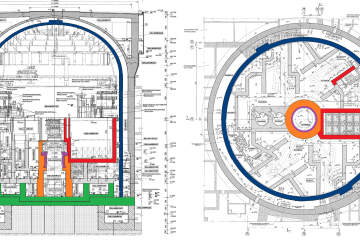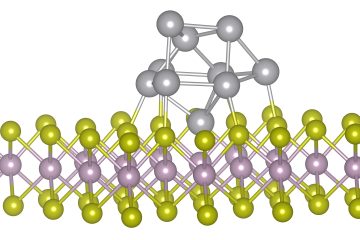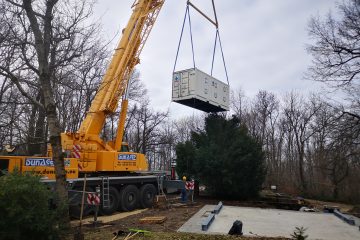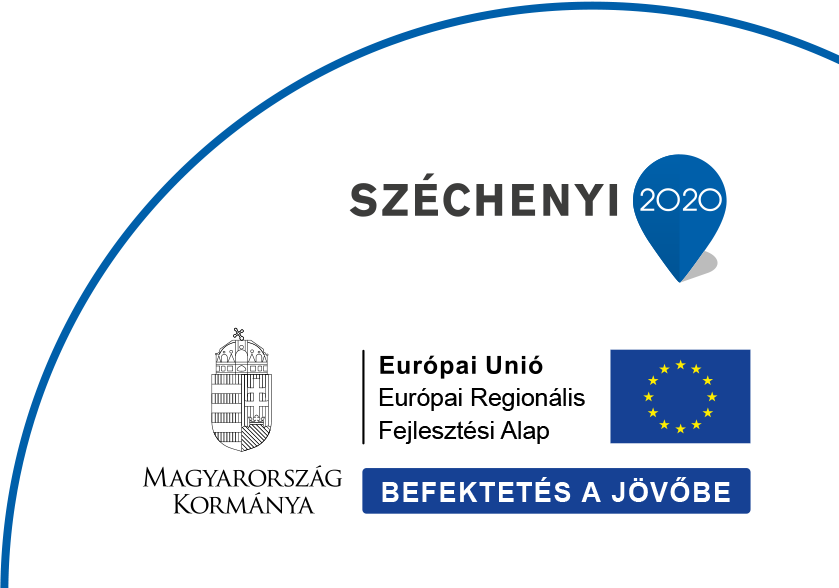The Fusion Plasma Physics Department of ELKH’s Centre for Energy Research has been collaborating with the ITER Organization to build a support laboratory to develop and test technology for ITER’s Disruption Mitigation System (DMS). After less than two years, the test bench is fully operational and producing large pellets to study their formation, firing and shattering. This project is a major part of ITER’s large-scale international effort to develop and validate the design of the DMS.
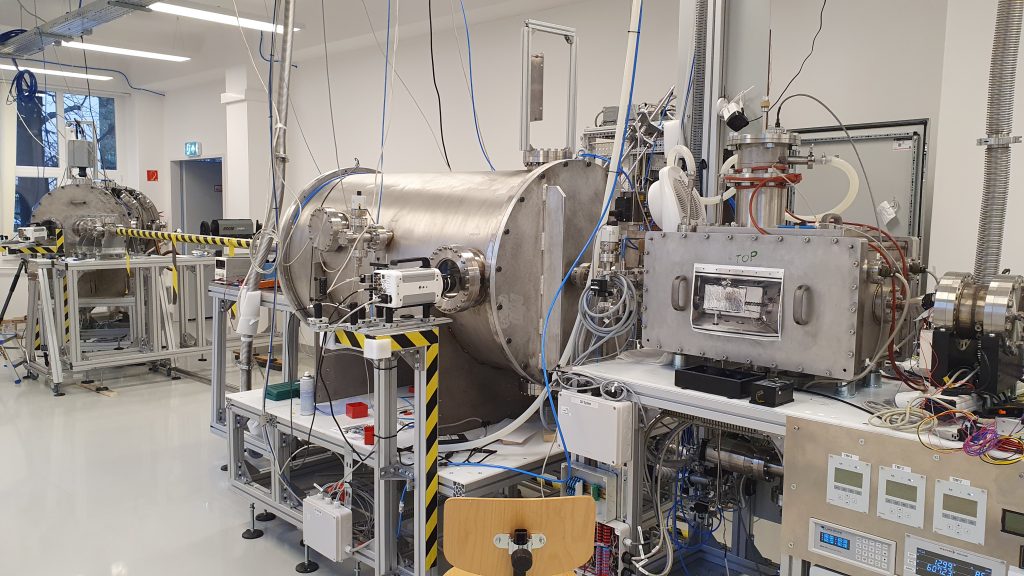
ITER is currently one of the largest scientific experimental facilities being built in an international collaboration to demonstrate the key technologies for future fusion devices on a power plant scale. In this facility, hydrogen gas heated to more than 100 million °C, ten times hotter than the temperature at the centre of the Sun is burned into helium, producing ten times more energy than is used to heat the gas.
To mitigate the effects resulting from sudden plasma disruptions, causing a fast cooling of the hydrogen that stops fusion power production in ITER, a system is being designed consisting of 27 injectors, which will shoot a hydrogen projectile (a pellet with a temperature of minus ~268 °C) at bullet velocity, breaking into smaller ice fragments before reaching the hot plasma. For developing the technology, ITER set up a Disruption Mitigation System (DMS) Task Force which works together with several laboratories and companies worldwide. One of these is the Centre for Energy Research which won an ITER tender for establishing the support laboratory in autumn 2020.
„In close collaboration with the ITER DMS Task Force the department’s engineers and researchers designed, built and commissioned the experimental injector system in record time in the middle of the COVID-19 pandemic, which has produced nearly 400 shots at the campus of the Centre for Energy Research since December 2021.” – Erik Walcz, Chief Engineer of the SPI Support Laboratory
In the summer of 2022, the Support Laboratory became the first in the world, closely followed by other labs, to produce and launch a hydrogen pellet with a diameter and length as required for the ITER DMS.
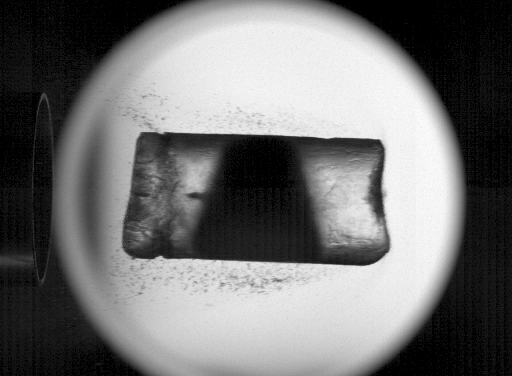
Thanks to the achievements of the past years, the Hungarian fusion community was well represented at this year’s 32nd SOFT (Symposium on Fusion Technology) conference in Dubrovnik. Of the more than 580 participants, 19 Hungarian researchers and engineers presented 17 posters and reported their results.
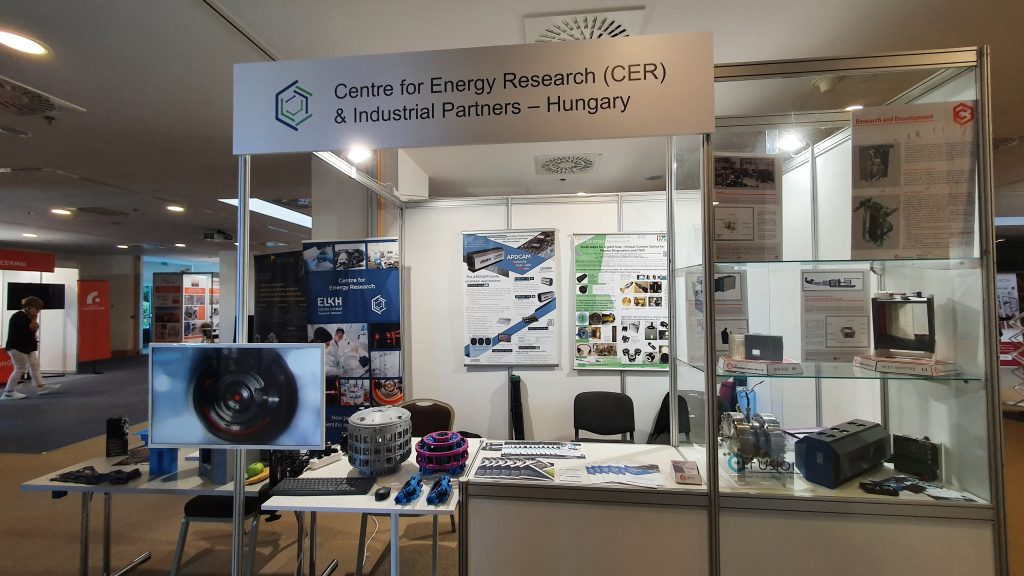
In addition to the scientific results, the research centre and its industrial partners also presented their work at the conference exhibition, which proved to be one of the most visited stands in the exhibition hall.
